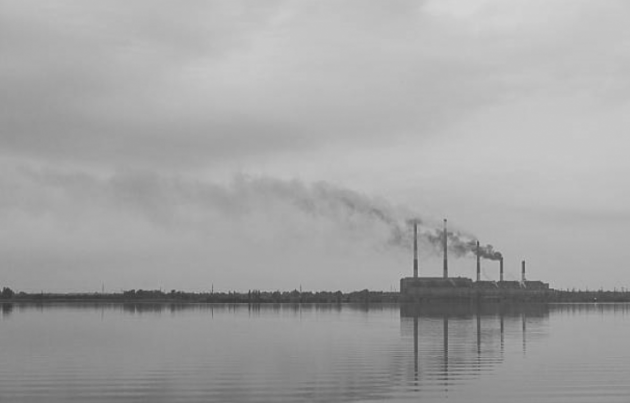With more than 30 years’ experience in the residential and commercial water treatment space, Mark Nelson is a Class 1 Drinking-Water Operator and a CBWA (Canadian Bottled Water Association) Certified Plant Operator. As founder and president of Nelson Water in Ottawa, Mark focuses on dealing with challenging water treatment system designs for problem water. He also heads the largest water bottling plant in the city of Ottawa with a delivery network throughout the Valley.
Even if you only have a passing interest in health and wellbeing, you are likely to have heard the term BPA. BPA has been associated with plastics, can liners, and other products that we come into contact with in our everyday lives. So, should have concerns about BPA?
The BPA Basics:
BPA is an industrial chemical with a full name of bisphenol A. This chemical is used during the manufacturing of a myriad of plastics and resins. These plastics are often used to create water bottles and food containers, while resins containing BPA are used to coat the insides of cans and bottle tops. BPA has had a great deal of media attention in recent years, and there has been a growing concern that this chemical may be seeping into drinks and foods stored in containers manufactured with BPA.
Is There a Real Danger?
These days, there are media stories about the dangers of practically everything, so is there a real danger of BPA? According to Health Canada’s Food Directorate, BPA that may be found in drinks or food is considered safe. While there is so much scrutiny of BPA, many consumers have begun to try and avoid using containers manufactured with BPA.
Steps to Avoid BPA:
Fortunately, there are some very simple measures that can help you to avoid BPA exposure. Basic steps such as keeping an eye out for food containers and plastic bottles that are BPA free can immediately reduce your exposure. Some manufacturers recognize that consumers may wish to limit BPA exposure and have begun to use BPA free packaging for their food products. This is usually made very clear on the packaging material. If there is no indication about BPA in plastic containers or bottles, a recycle code of 3 or 7 can be an indication that the item was made using BPA.
Another way to minimize your BPA exposure is to avoid canned foods. Cans are often lined using a BPA resin, and you should also take care not to microwave any BPA lined containers. Health Canada has found that polycarbonate plastics may break down due to high temperatures, such as in a microwave or through a dishwasher (even the top rack) and increase the risk of BPA exposure. If possible use glass, ceramic or porcelain containers in your microwave.
You may want to purchase a reusable water bottle, so you can avoid disposable plastic bottles. You can still carry drinking water with you, but you remove the need to search out any BPA free bottles when you go into the store.
While BPA has not been confirmed as dangerous enough to warrant being banned, if you are concerned about your health, you may want to consider limiting your BPA exposure. Fortunately, with some basic measures, you can eliminate BPA from your everyday life and ensure that you remain safe. Contact your locate water treatment company for more information.

